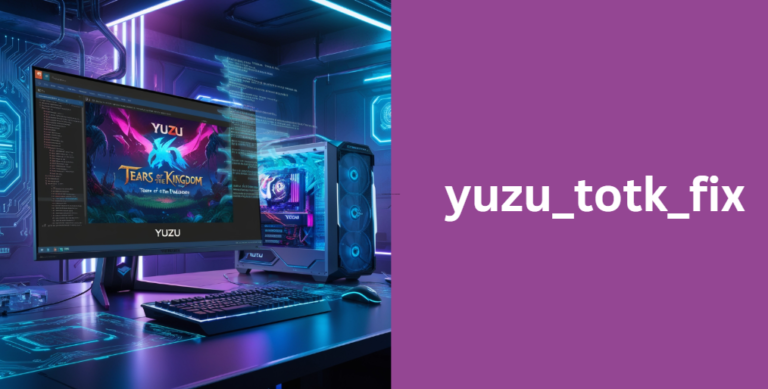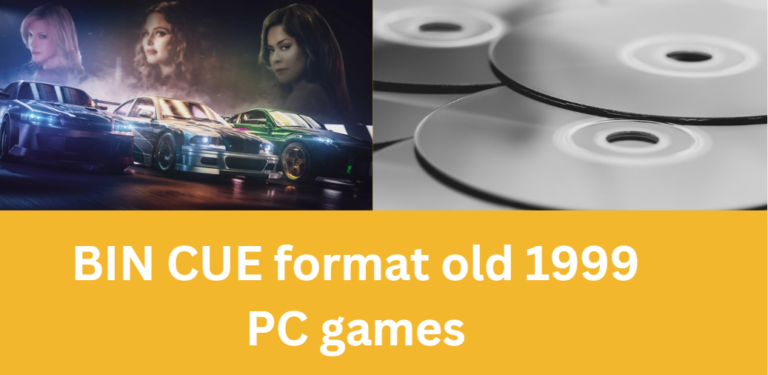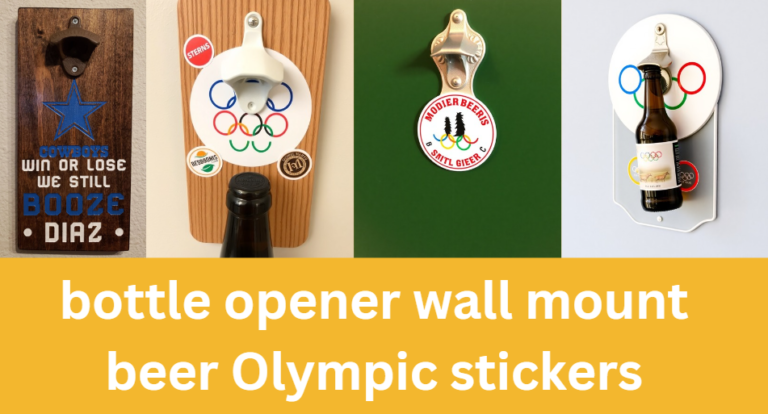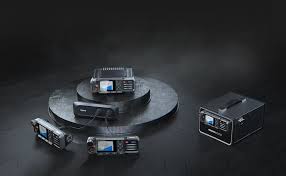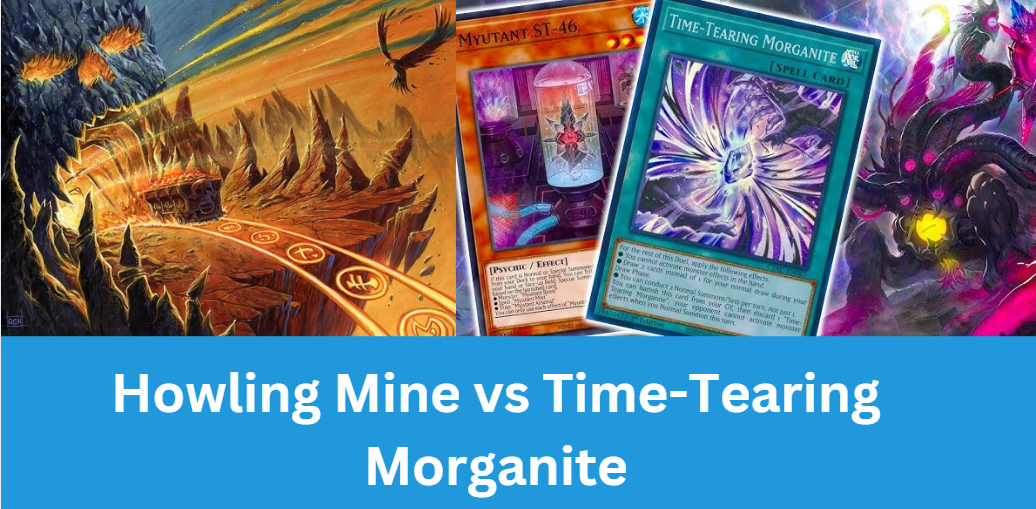
Trading card games (TCGs) like Magic: The Gathering (MTG) and Yu-Gi-Oh! are known for their strategic depth and iconic cards. Among them, Howling Mine and Time-Tearing Morganite stand out as game-changing tools.
Comparing Howling Mine vs Time-Tearing Morganite reveals their unique roles in deck-building, gameplay mechanics, and competitive strategies. This guide dives deep into their uses, differences, and how they influence their respective games.
Understanding Howling Mine in Magic: The Gathering

In Magic: The Gathering, Howling Mine is a two-mana artifact card that accelerates the game by increasing the number of cards drawn. Its ability, which allows every player to draw an additional card during their draw step, triggers only when the artifact is untapped. This mechanic makes Howling Mine both a strategic asset and a potential liability.
Players often include Howling Mine in decks that benefit from forcing opponents to draw cards, such as mill strategies or group hug setups. Its synergy with cards like Teferi’s Puzzle Box or Underworld Dreams makes it a cornerstone for disruptive combos. However, the card also benefits opponents, requiring careful planning to minimize its downsides.
Understanding Time-Tearing Morganite in Yu-Gi-Oh!

In Yu-Gi-Oh!, Time-Tearing Morganite is a powerful Normal Spell card with far-reaching effects. After activation, its benefits last for the remainder of the duel, granting the player an additional draw during their Draw Phase and the ability to perform two Normal Summons or Sets per turn. These advantages are counterbalanced by a restriction: the player cannot activate monster effects in the hand.
Time-Tearing Morganite shines in aggressive and combo-based decks. Doubling the number of Normal Summons enables powerful plays, particularly in strategies like Monarchs or tribute-heavy archetypes.
The secondary effect, which can be triggered from the Graveyard, adds even more versatility, allowing players to disrupt opponents by preventing monster effects during a Normal Summon. However, the card demands a thoughtful approach to deck-building to mitigate its limitations.
Howling Mine vs Time-Tearing Morganite: A Strategic Comparison

Key Similarities
When evaluating Howling Mine vs Time-Tearing Morganite, both cards stand out for enhancing card draw mechanics. Howling Mine provides an additional draw for all players, creating a balanced yet unpredictable environment. On the other hand, Time-Tearing Morganite doubles the user’s draws, ensuring a consistent resource advantage while imposing unique restrictions.
Critical Differences
Howling Mine impacts all players equally, making it a shared resource in multiplayer MTG formats. Its effectiveness depends on careful timing and the ability to manipulate its tap state.
Conversely, Time-Tearing Morganite offers exclusive benefits to its user, doubling both draw and Normal Summon opportunities. However, its restriction on hand-activated monster effects limits its versatility in certain Yu-Gi-Oh! decks.
In a multiplayer game of MTG, Howling Mine’s global impact can shape alliances and rivalries. By contrast, Time-Tearing Morganite thrives in one-on-one duels, where its consistent advantages can dominate the game flow.
Strategic Use Cases for Each Card
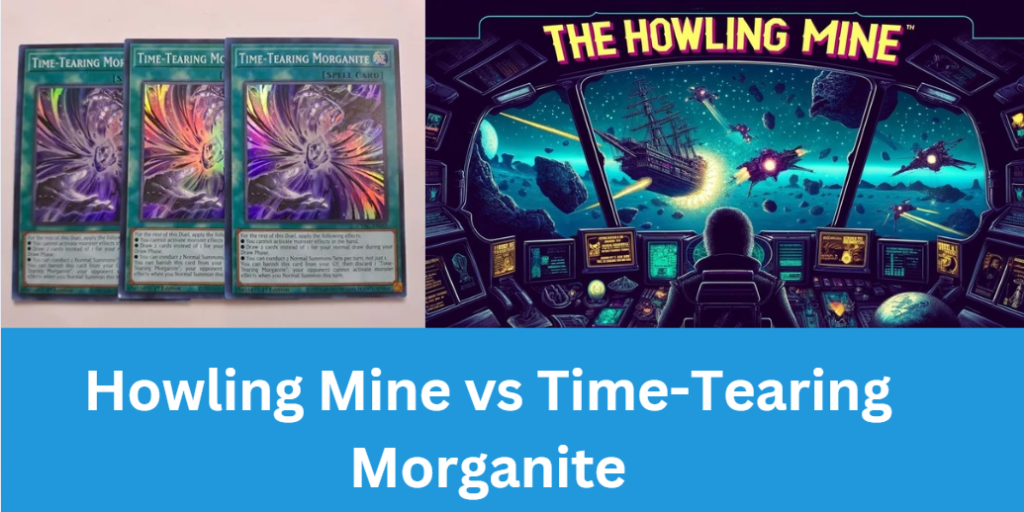
Leveraging Howling Mine in MTG
In decks focused on resource generation or disruption, Howling Mine becomes a critical tool. For example, it can fuel mill decks by forcing opponents to draw additional cards, accelerating their deck depletion. Meanwhile, control strategies can exploit Howling Mine’s benefits while using counterspells to neutralize threats.
Cards like Unwinding Clock, which untaps artifacts during each player’s turn, further enhance Howling Mine’s utility. However, opponents may remove it with artifact destruction spells like Naturalize, making its timing and protection key to its success.
Utilizing Time-Tearing Morganite in Yu-Gi-Oh!
Time-Tearing Morganite’s ability to double both draws and Normal Summons opens up aggressive opportunities. Decks reliant on tribute summons, like Monarchs, gain significant momentum from this card. Additionally, its Graveyard effect provides a secondary layer of utility, allowing players to disrupt opponents during critical moments.
However, players must adapt their strategies to work around its restriction on hand effects. Decks that rely heavily on hand traps or hand-activated monster abilities may find Time-Tearing Morganite less suitable. To maximize its potential, it pairs well with archetypes that emphasize field presence and consistency.
Counterplay Strategies

When considering Howling Mine vs Time-Tearing Morganite, it’s essential to understand how to counter them.
Countering Howling Mine
In MTG, opponents can mitigate Howling Mine’s effects by removing it with cards like Disenchant or by capitalizing on the additional cards they draw. Decks that prioritize card advantage may benefit just as much, if not more, from the extra draws, turning the card into a double-edged sword for its controller.
Neutralizing Time-Tearing Morganite
In Yu-Gi-Oh!, Time-Tearing Morganite can be countered by disrupting its activation or targeting its weaknesses. Continuous Spell negation cards, such as Imperial Order, can shut down its effects. Additionally, exploiting its hand-effect restriction can leave the opponent vulnerable to unexpected disruptions.
Howling Mine vs Time-Tearing Morganite: Pros and Cons

Howling Mine
- Pros:
- Low mana cost.
- Versatility in control and mill decks.
- Synergizes with many MTG archetypes.
- Cons:
- Benefits opponents equally.
- Vulnerable to artifact removal.
Time-Tearing Morganite
- Pros:
- Increases draw power and Normal Summons.
- Long-lasting effects after activation.
- Adds utility with its Graveyard effect.
- Cons:
- Restricts hand-activated monster effects.
- Requires careful deck design to maximize value.
Conclusion: Howling Mine vs Time-Tearing Morganite
The comparison of Howling Mine vs Time-Tearing Morganite highlights their distinct roles in MTG and Yu-Gi-Oh! Howling Mine thrives in multiplayer MTG formats, where its shared draw benefits add complexity and strategic depth. In contrast, Time-Tearing Morganite dominates one-on-one Yu-Gi-Oh! duels, offering powerful resource generation and board control.
Both cards demand strategic planning to unlock their full potential. Understanding their strengths, weaknesses, and how they fit into specific deck archetypes is key to leveraging their impact effectively. Whether you’re building an MTG deck around Howling Mine or crafting a Yu-Gi-Oh! strategy with Time-Tearing Morganite, mastering these iconic cards can elevate your gameplay to the next level.
FAQs: Howling Mine vs Time-Tearing Morganite
1. Can Howling Mine and Time-Tearing Morganite be considered beginner-friendly cards in their respective games?
Howling Mine is relatively beginner-friendly due to its straightforward mechanics, although its strategic implications may take time to master. Time-Tearing Morganite, on the other hand, can be less beginner-friendly as it requires a clear understanding of deck synergy and the ability to play around its restrictions effectively.
2. How does the rarity of Howling Mine and Time-Tearing Morganite affect their accessibility for players?
Howling Mine has been printed in multiple MTG sets, making it more accessible and affordable for players. Time-Tearing Morganite, being a card from Yu-Gi-Oh!, is subject to the game’s rarities and limited print runs, which can impact its availability and price depending on the format and competitive demand.
3. Do Howling Mine and Time-Tearing Morganite have any historical impact on competitive play?
Howling Mine has had a significant impact on MTG’s history, often appearing in unique combo or control decks in older formats. Time-Tearing Morganite, while newer, has started making waves in competitive Yu-Gi-Oh! scenes due to its ability to enhance consistency and tempo, especially in tribute or combo-heavy archetypes.
4. Are there any special interactions with these cards that players often overlook?
A unique interaction with Howling Mine is that tapping it before an opponent’s turn prevents them from benefiting from the additional draw. In Yu-Gi-Oh!, players often overlook that Time-Tearing Morganite’s Graveyard effect can serve as a late-game disruption tool, potentially swinging momentum during critical turns.
Affiliated Posts Like Howling Mine vs Time-Tearing Morganite
The Ultimate Guide to reFX Vanguard 2 OG Skin
